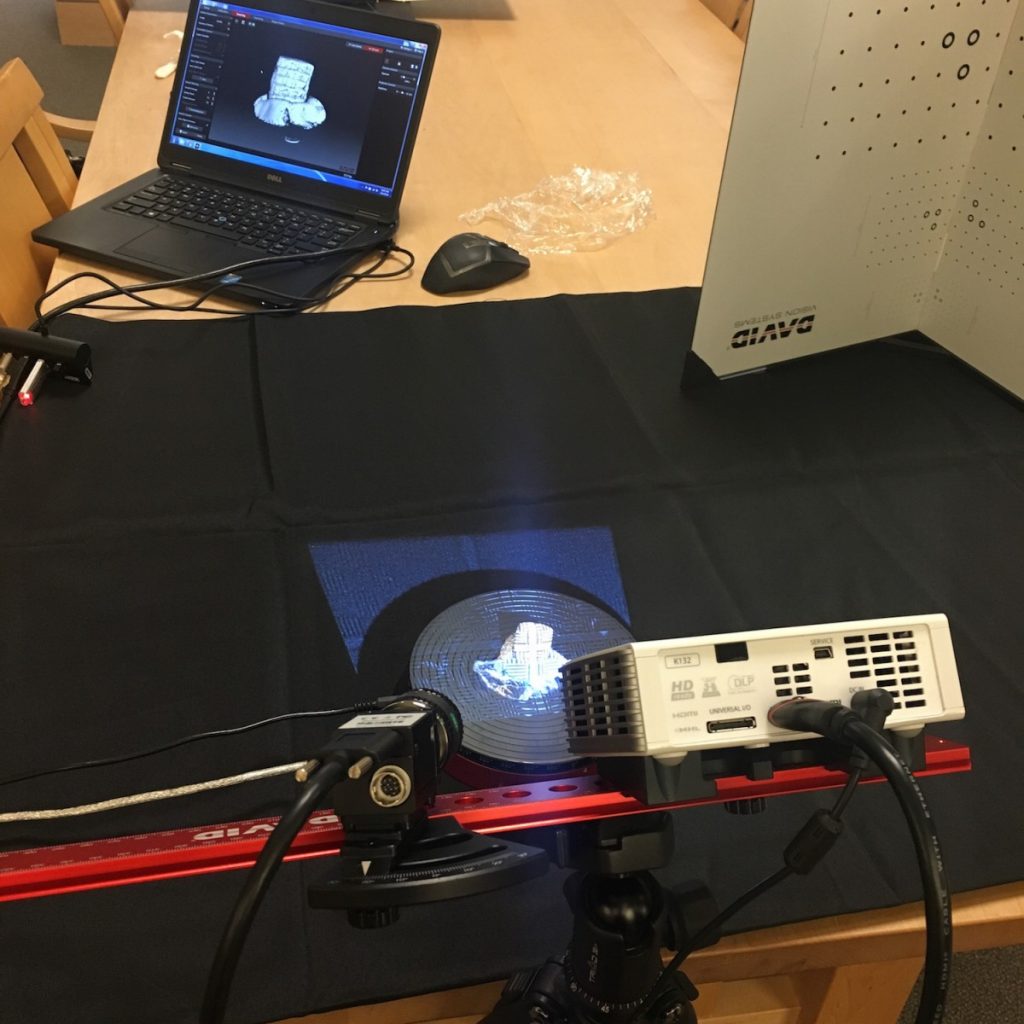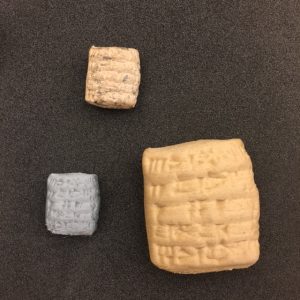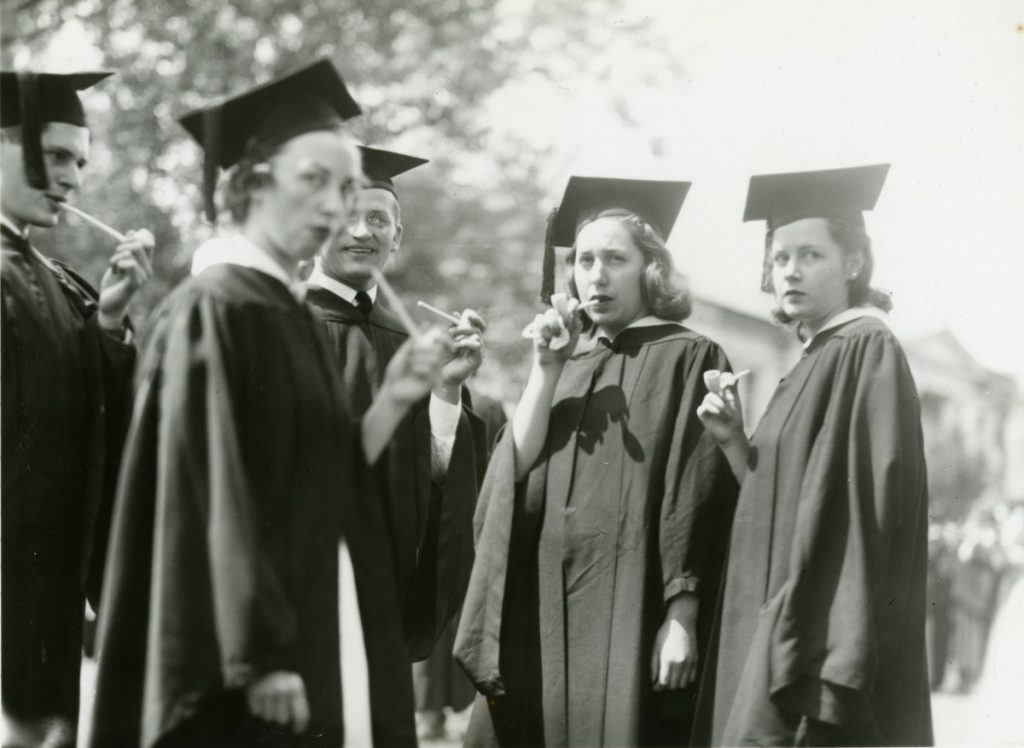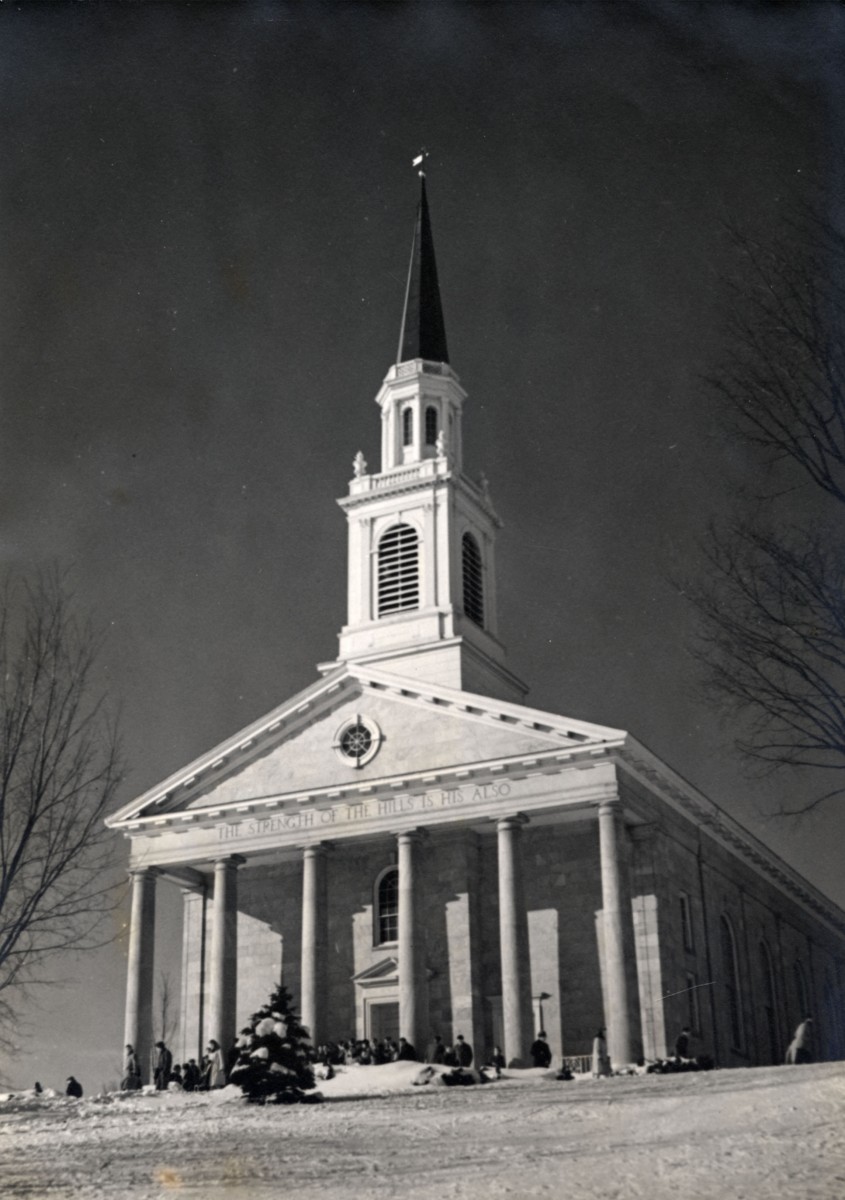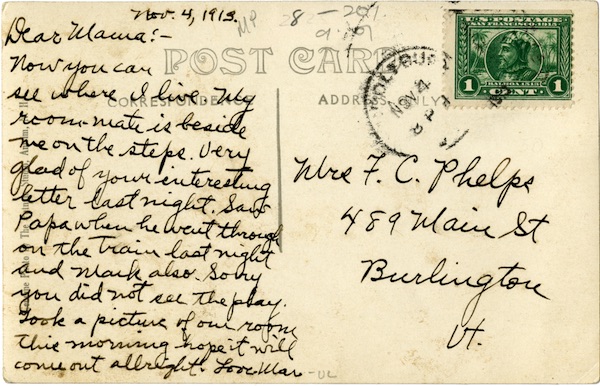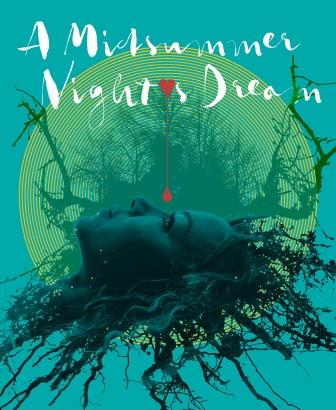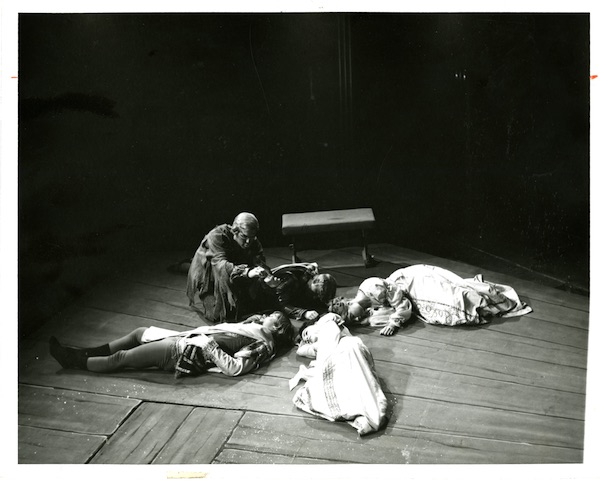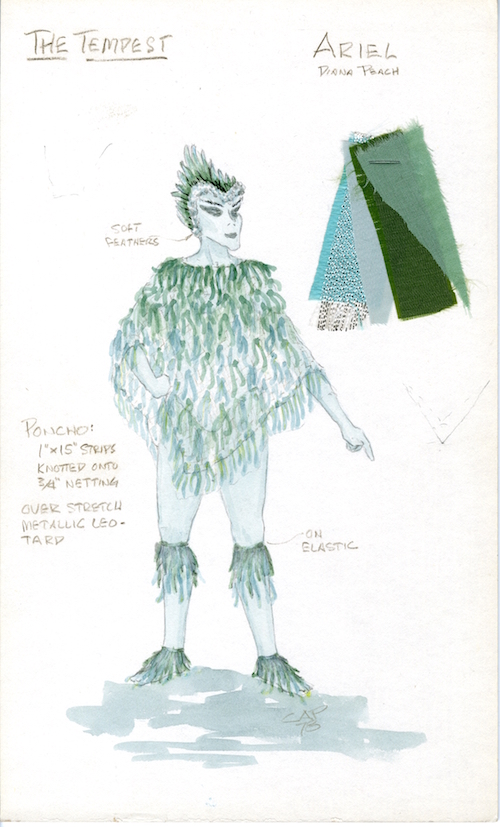Middlebury’s Bread Loaf campus is usually seen as a peaceful academic retreat nestled in the lush landscape of the Green Mountains, but 75 years ago, it was briefly home to a serious display of military might. College President Paul Moody (who had served in World War I and was a member of the National Guard) hosted the 754th Tank Battalion at the campus in the fall of 1941.
This compilation of footage from 16mm reels in the College archives are believed to show the visit, including a shot of a helmeted President Moody in one of the battalion’s vehicles (an unused title card on another reel in the archives reads: “Prexy Gets Tanked”). Other footage includes author and professor William Hazlett Upson with an unknown child dressed as a soldier, officers visiting the Middlebury Inn, and a procession of military vehicles through campus.
Lieutenant Colonel Robert J. Wallace thanked President Moody in a letter saying, “The quarters afforded us were excellent, and the party held for the Battalion at Bread Loaf by the girls of Middlebury College, will long be very pleasantly remembered by all the men of the Battalion.”
For more information or for permission to use this clip contact SpecialCollections@middlebury.edu. Compilation from original 16mm films in the Middlebury College Archives.
